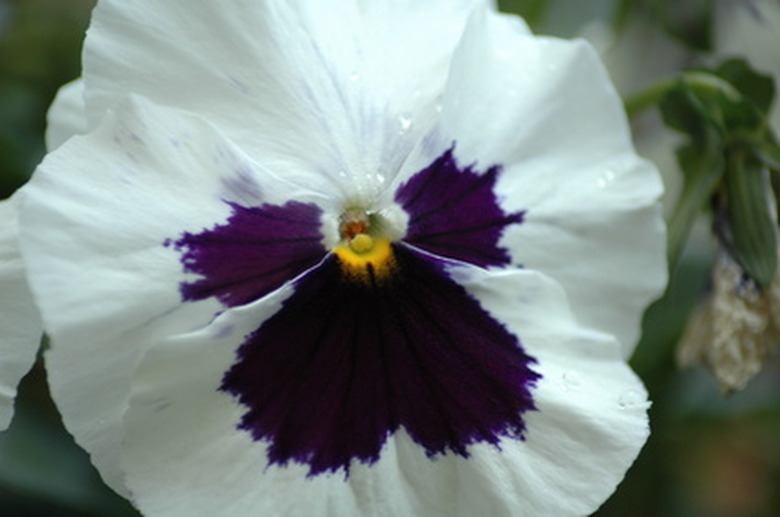How To Transplant Pansies
Things Needed
- Compost
- Trowel
Pansies are a cool-season flower that puts on its best show in spring and fall. In areas with mild winters, pansies may bloom throughout the cold months, adding color to the winter landscape. Pansies are usually planted to the garden from mature plants grown indoors from seed or purchased from a plant nursery. These plants are transplanted outside once temperature and climatic conditions are right for the flowers. Transplanting the pansies properly into their garden bed ensures they continue to thrive and bloom.
Step 1
Lay a 2-inch layer of compost over a garden bed that receives six to eight hours of sunlight a day. Work the compost into the top 8 inches of soil to improve drainage and add nutrients to the growing bed.
- Pansies are a cool-season flower that puts on its best show in spring and fall.
- Work the compost into the top 8 inches of soil to improve drainage and add nutrients to the growing bed.
Step 2
Sprinkle the soil in each pansy pot with enough water to moisten. Leave them to soak up the water for an hour. This makes removal from their pots easier.
Step 3
Grasp the pansy plant around the stem near the soil surface in one hand. Pull the pot off the roots with the other hand. If the pot is stuck, thump it with your knuckles to loosen it, then pull again.
Step 4
Dig planting holes as deep as the pansy's root ball and slightly wider. Set the pansy in the hole and arrange it so it is planted at the same depth it was at in its nursery pot. Refill the hole around the pansy with soil. Space the pansies 8 to 12 inches apart in all directions.
- Sprinkle the soil in each pansy pot with enough water to moisten.
- Grasp the pansy plant around the stem near the soil surface in one hand.
Step 5
Water immediately after transplanting, thoroughly moistening the soil. This collapses air pockets around the plant's roots.
Tip
Plant pansies outdoors in the fall at least six weeks before the first fall frost but after daytime temperatures have dropped below 80 F. Plant spring pansies when daytime temperatures are regularly above 50 F. Pansies tolerate some freezing. They stop blooming during cold snaps but bounce back once the temperature begins rising.
Warning
The crown of the pansies must be kept right at or just above soil level or the plant will die. The crown is where the stems and leaves emerge from the root system.
